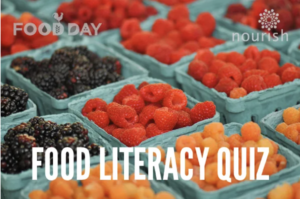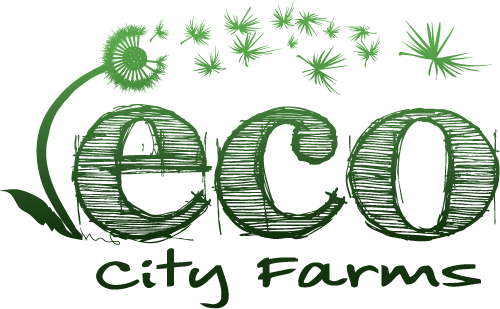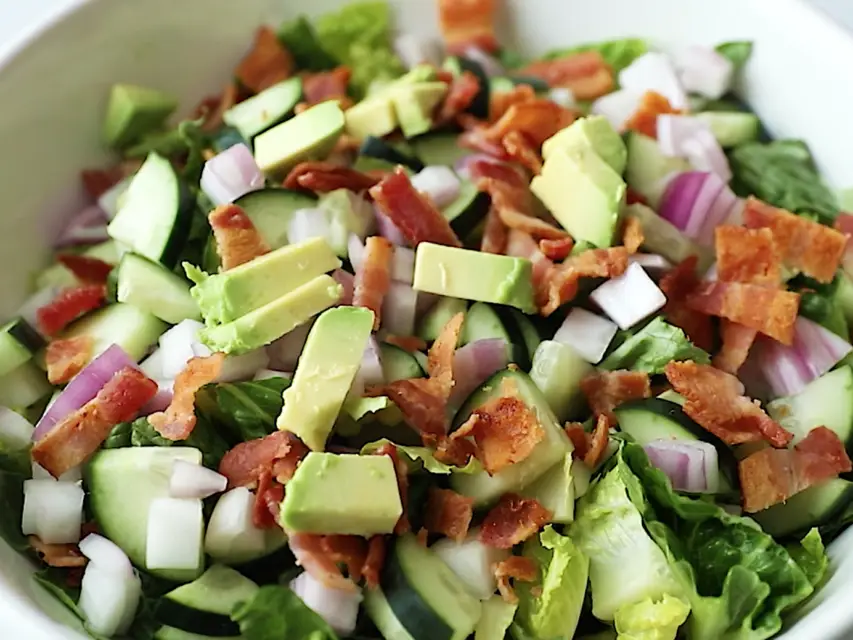Food Day 2021 Healthy Eating
Challenge Takeaways: nutrition education, healthy diet planning, cooking experimentation
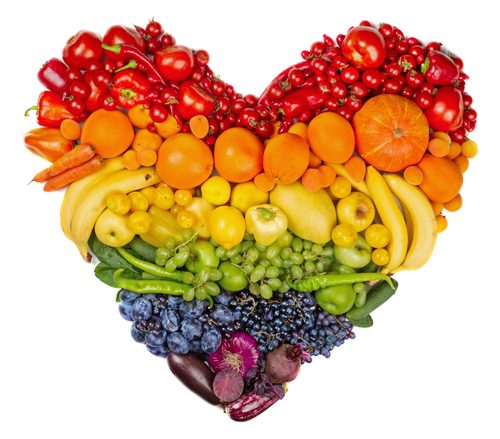
We’ve all been told at one point or another that we should eat healthy, but let’s explore more about what that means and how it benefits our bodies! There can be many interpretations as to what “eating healthy” means- for some it involves a diet, others may cut out sugar, and some may try to reduce intake of processed foods. These various interpretations can sometimes cause confusion and lead people to try unsustainable diets for the sake of health, but in reality, eating healthy is far more simple than you might think.
One of the best ways to eat healthy is to eat foods as close to their original form as possible. This includes vegetables, beans, and whole grains. While processed foods can be hard to avoid and are okay in moderation, they often contain high amounts of added sugar and sodium while lacking important vitamins and minerals. There are six essential nutrients that our bodies need from dietary sources to maintain optimal health: vitamins, minerals, protein, fat, water, and carbohydrates. To learn more about where to find these nutrients and their health benefits here.
Eating a healthy and well rounded diet can aid in preventing disease, boosting mental health, and helping to maintain a healthy weight. In the last 30 years, obesity rates have doubled in adults, tripled in children, and quadrupled in adolescents. This may lead to a number of health complications, including high blood pressure, diabetes, and heart disease, which is the leading cause of death in the US.
Eating plant based, which focuses on a diet high in nutrient dense plant foods and low in refined carbohydrates and animal products, is associated with a lower risk of cardiovascular disease and all‐cause mortality in a general US adult population. But even just simply eating more fruits and vegetables is associated with a lower risk of heart disease, cancer, diabetes, and alzheimers. Furthermore, diets that are rich with vitamins and minerals are associated with lower risk of depression, anxiety, and ADHD. Overall, there are huge benefits to embracing a healthier diet, and it can start with simply being more aware of the food we choose to fuel our bodies and minds.
Bingo action items
1. try a new fruit or vegetable
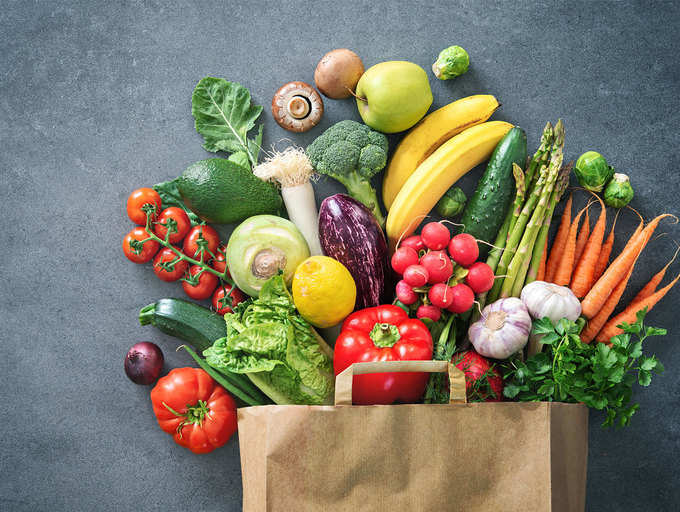
Did you know that you can actually train your taste buds to enjoy new foods?
If you’ve given up on eating more fruits and vegetables because you don’t like their taste, maybe it’s time to give it another try! Research shows that children who initially dislike a vegetable could grow to like it after eating it ten to twelve times. Luckily, this seems to also be the case for adults. In a study where individuals ate a low fat diet for 16 weeks, most participants lost their desire to eat high fat foods, even increasing their desire for low fat foods. So, decide for yourself what your healthy eating goals might be- and don’t be afraid to start small! Just introducing a new vegetable to your diet a few times a week can be a big change in the long run! And don’t forget to be patient, like anything in life, learning to enjoy new fruits and vegetables takes practice and time!
Pro tip: In any meal, eat your veggies first to get them out of the way so you won’t fill up on other food before you get to the good and healthy stuff!
One study found that vegetable and entree pairings were a significant predictor of how much vegetable food waste was leftover on children’s school lunches. For instance, when vegetables were paired with foods of high desirability, such as chicken nuggets or hamburgers, children would typically leave the vegetables untouched. However, if vegetables were placed with a less desirable entree such as deli sliders or baked potatoes, consumption of vegetables increased.
2. cook a meal from scratch
Cooking a healthy meal from scratch doesn’t have to be difficult or time consuming! Not only is it beneficial to know exactly what ingredients are going into your meal, it can also be enjoyable to go through the process of preparing the ingredients and enjoying the fruit of your labor. Here are some simple recipes for cooking easy, healthy, and nutrient packed meals from scratch- quick and simple! Feel free to use these as guides, and sub in or take out ingredients as it works for you!
Snacks
- an apple with peanut butter
- red pepper slices with hummus
- grapes and cheese
- a green smoothie or juice
- a banana
- blueberries and yogurt
- broccoli, carrots, and dip
- dried mango slices
- 4–5 longan or lychee fruit
- edamame pods
- celery and melted cheese
- chia seed pudding
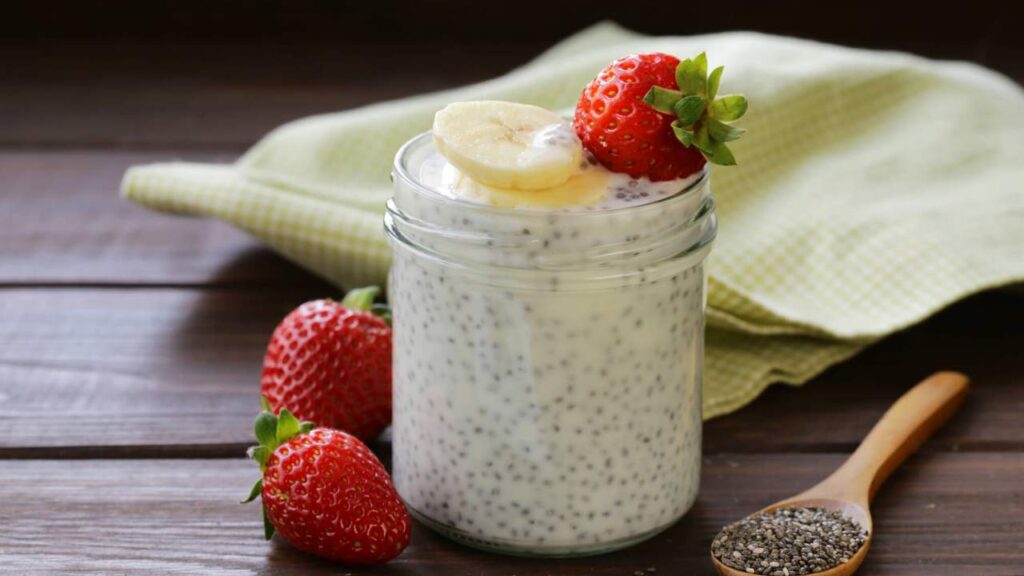
3. eat the rainbow
Eat the Rainbow is a phrase used to illustrate the benefits of eating a well rounded diet on a regular basis. Plants contain different pigments, or phytonutrients, which give them various color properties and can boost your health by containing many vitamins and minerals with antioxidant and anti-inflammatory properties. To eat the rainbow, try to incorporate two to three different-colored fruits or vegetables at every meal and at least one at every snack. While you don’t have to eat every single color every day, try to get them into your diet a few times per week. Check out some of the healthy cooking from scratch recipes for ideas on how to incorporate these colors into your diet!
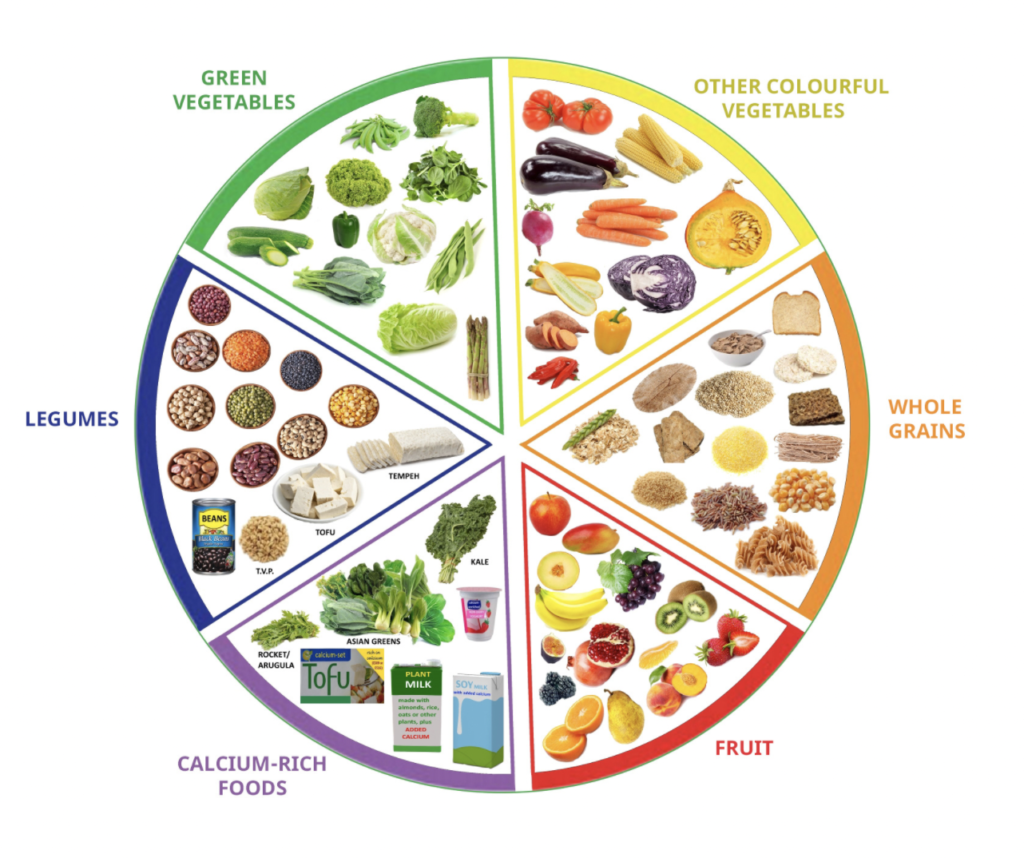
4. take the food literacy quiz
This food literacy activity was incorporated in the national Food Day campaign to encourage a better understanding of our food’s journey from farm to table, and back to the soil. The goal of food literacy is to help us make more informed choices about how the food we eat affects our health, environment, and community. The purpose of this quiz isn’t to get everything right, but rather to demystify your understanding of our food systems and learn something new! We also encourage you to read the given explanations to answers after each question.
Click here to take the quiz.
